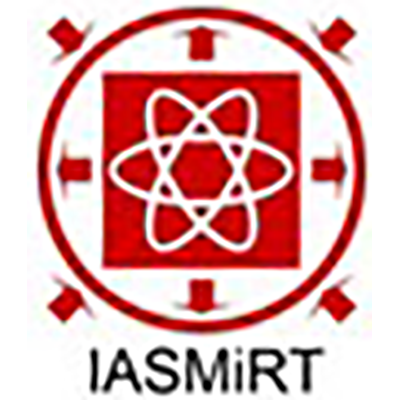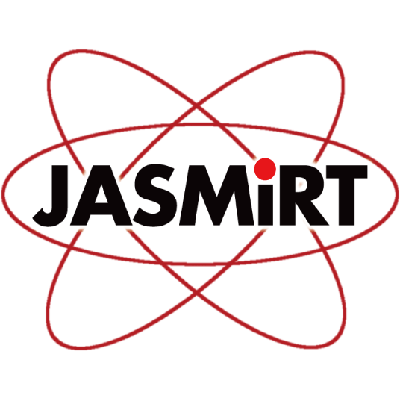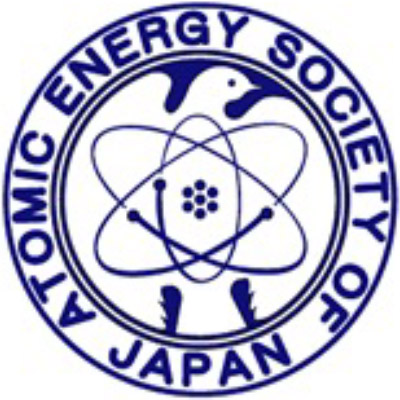SUBMISSION GUIDELINES
You are invited to submit abstracts in accordance with the following guidelines.
Authors may register for no more than three papers.English being the conference language, the contributions must be submitted in English.- 20 minutes oral presentation is requested for each submission.
All contributions must be submitted online at: www.SMiRT 27.com by March 15, 2023 March 31, 2023. Please submit a short summary (50-250 words) and abstract according to the template (max. 2 pages).Please use the prespecified template to upload your abstract.Authors will be informed about the acceptance of their contributions in July 2023.- Authors who have received the acceptance notification on June 30 by e-mail, are asked to submit a full paper through the submission system.
- The full paper submission portal opens in September 2023. Authors will receive a notification by e-mail once the submission portal has opened.
- Please use the prespecified template to upload your full paper.
- When submitting the full paper, the same title should be used as of the accepted abstract,
- Authors whose abstract was accepted must register and pay the registration fee to submit the full paper no later than November 30, 2023. December 31, 2023.
- The registration for presenting authors is binding.
- The full paper must be received as an electronic file (formatted according to the provided template) by November 30, 2023. December 31, 2023.
- Please recognize that there will be no further extension of the deadline.
- The web system automatically closes the menu of paper submission.
Full Paper Submission has been closed.
Thank you for your submission.





